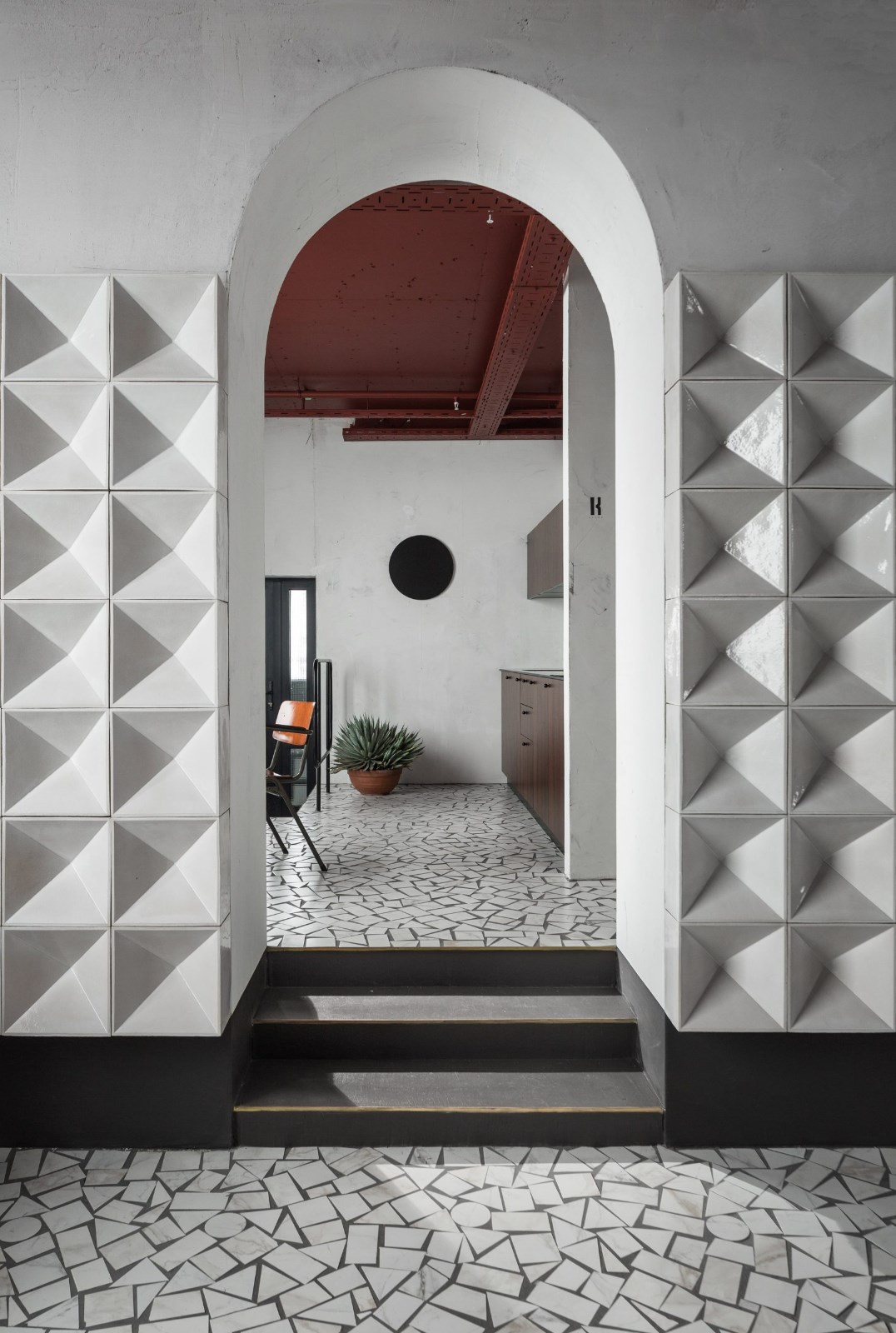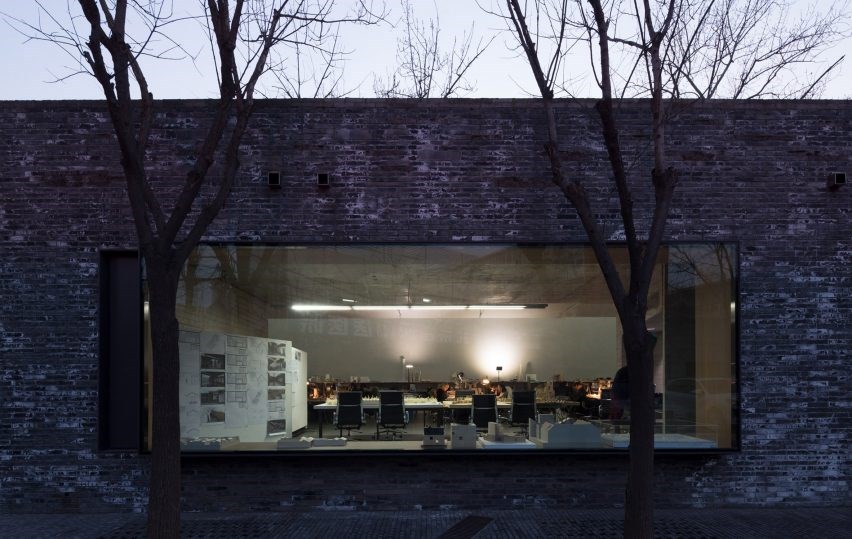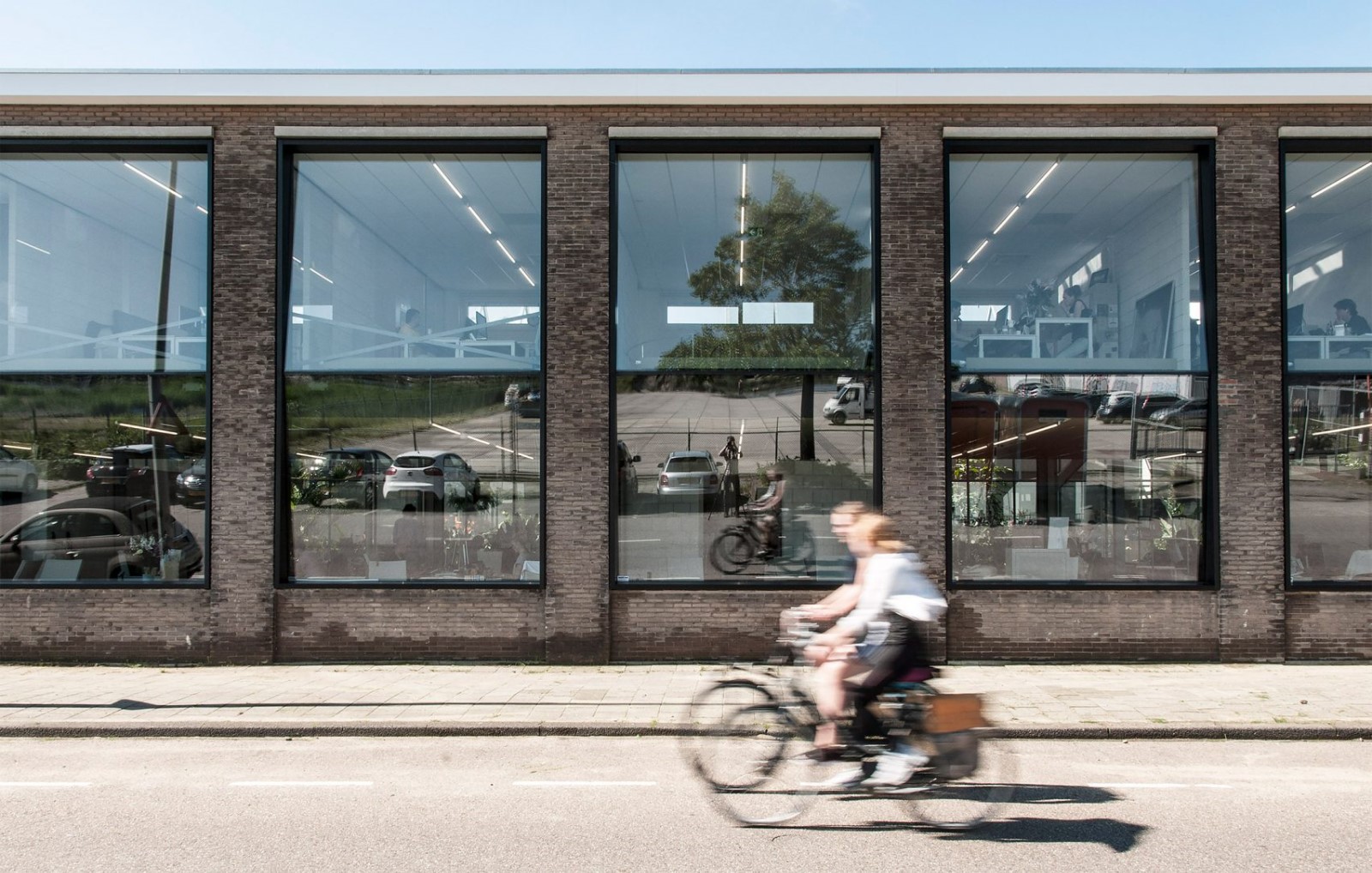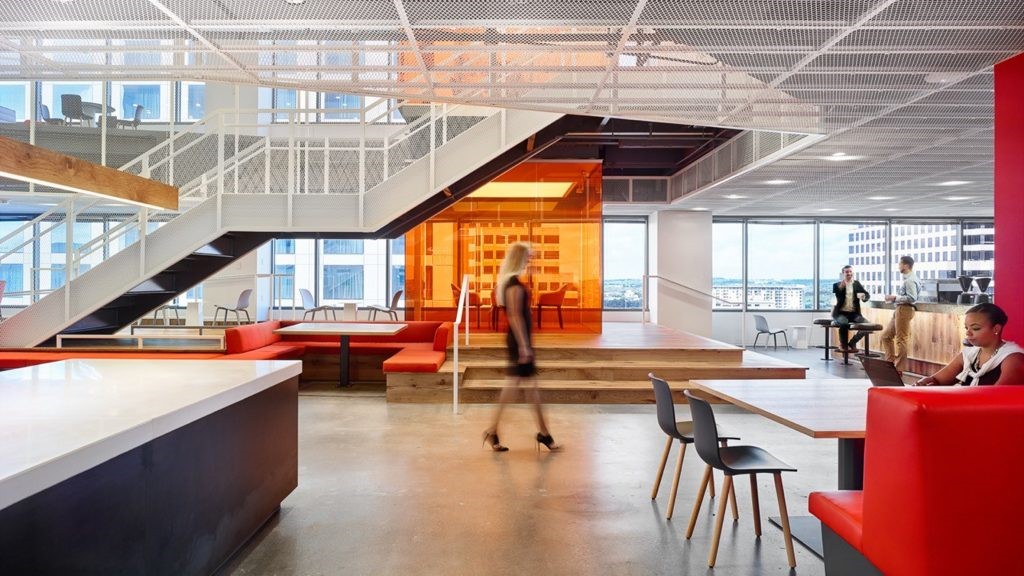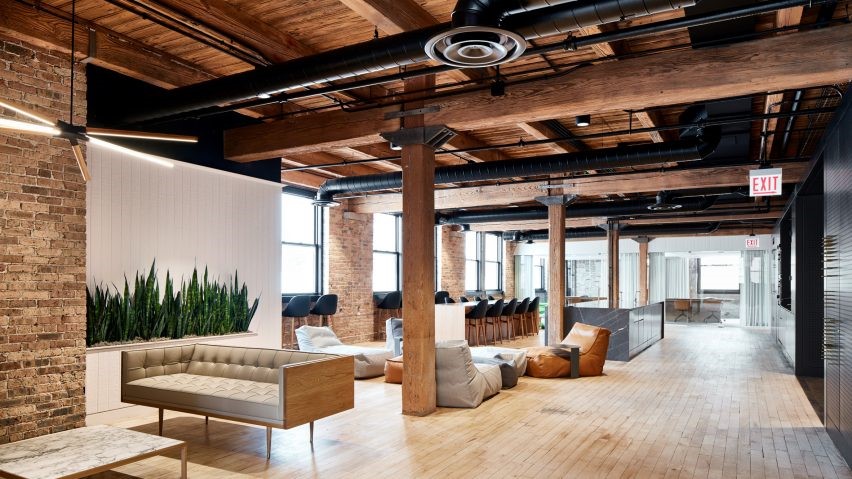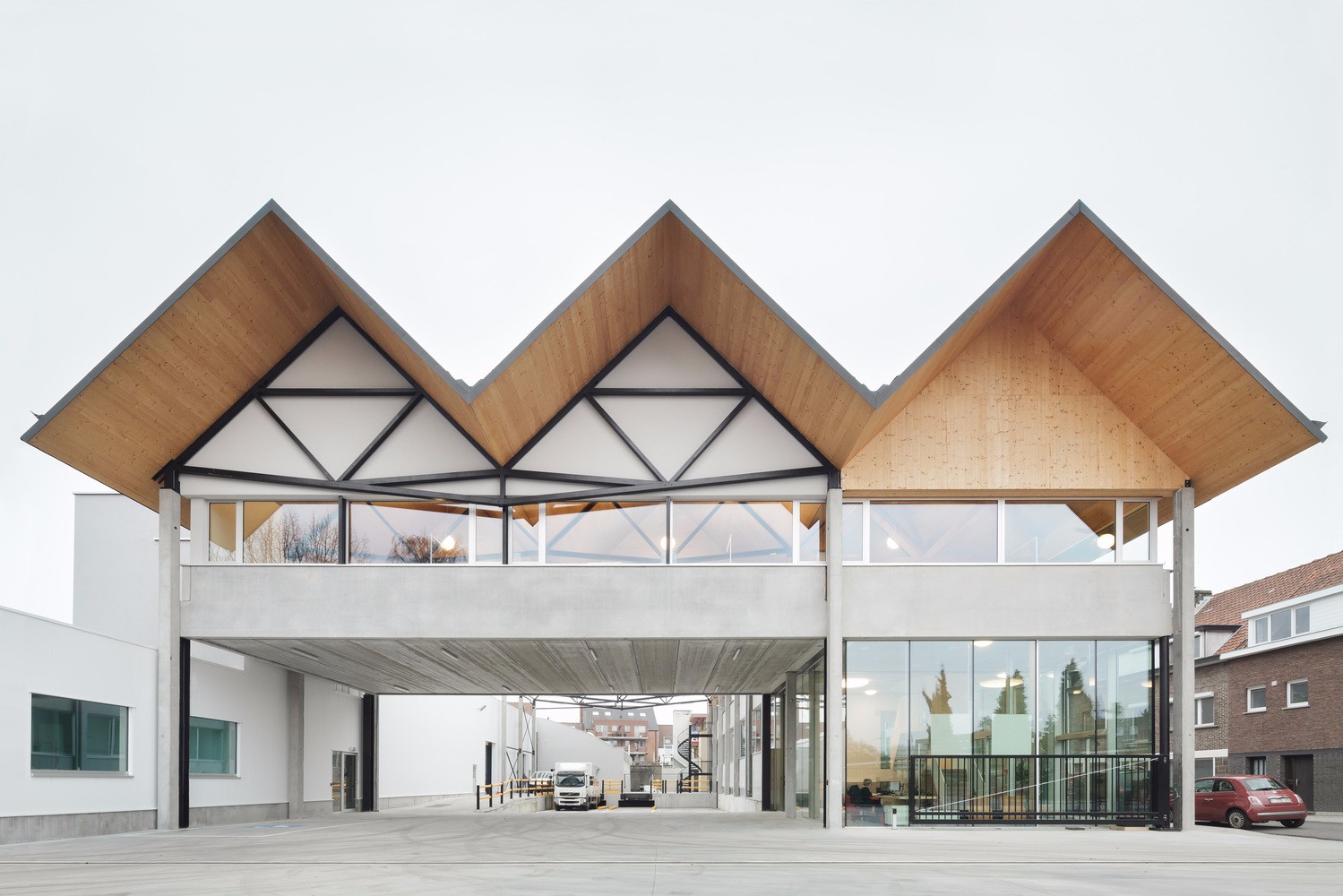HCP Office and Seminar Building Züst Gübeli Gambetti
2016-10-13 03:00
© Valentin Jeck
c.Valentin Jeck


建筑师提供的文字说明。最初要求的所有客户都是暂时的、现成的解决方案,以解决严重缺乏空间。但有时,至少有希望的情况会导致架构,从金融和设计的角度来看,建筑都是真正引人注目的。至少这就是我在阅读《苏黎世的竞争简介》时所考虑的ZhouStGinbeliGametiti的想法。对这个年轻的公司来说,拟议的方案似乎是一个快速的解决办法,相反的是可持续的解决办法。然而,他们被描绘为把他们自己的进步式建筑声明提供给Hagerberg-Zurich’sMT.Olympus架构的想法。现在,他们的获奖提案站在这个网站上,3次,3次就像由客户原先预料的集装箱村一样坚固。此外,由于它的规模,它是由大学建立的最经济有效的结构。
Text description provided by the architects. All the client initially asked for was a temporary, off-the-shelf solution to an acute lack of space. But sometimes the least promising of circumstances can give rise to architecture that is truly compelling, from both a financial and a design perspective. At least that’s what Züst Gübeli Gambetti thought upon reading the ETH Zurich’s competition brief. To the young firm, the proposed program seemed to be a quick fix, the opposite of a sustainable solution. Yet they were drawn to the idea of contributing their own progressive architectural statement to the Hönggerberg—Zurich’s Mt. Olympus of architecture. Now their winning proposal stands on that very site, three times as large and three times as solid as the container village original- ly anticipated by the client. Moreover, for its size, it is the most cost- effective structure ever built by the university.
© Valentin Jeck
c.Valentin Jeck


这座标志性的HCP建筑以其拉长的形状和阶梯式的聚集,标志着所有从市中心来到的科学城校园的开始。为了尊重(虽然不是屈从)它的建筑哥哥,邻近的HCI化学综合体,新来的人低着地拥抱着地面。Züst Gübeli Gambetti巧妙地利用了遗址的地形,为这个200米长的项目开发了一个横截面,只需一部电梯就能为其各层提供服务。作为一个额外的好处,这种分段解决方案产生多功能覆盖空间和梯田。一边是高耸的HCI建筑,另一边是开阔的视野,这些室外区域在封闭和开放之间实现了一种谨慎的平衡。
With its elongated shape and stepped massing, the iconic HCP building marks the start of the Science City campus for all who approach from downtown. In deference (though not subordination) to its architectural older brother, the adjacent HCI chemistry complex, the new arrival lies low and hugs the ground. Züst Gübeli Gambetti make clever use of the site’s topography, developing a cross section for the 200-metre long project that requires only a single lift to serve its various floors. As an added bonus, this sectional solution generates multi- functional covered spaces and terraces. Flanked on the one side by the towering HCI building and on the other by expansive views, these out- door areas attain a careful equilibrium between enclosure and openness.
© Valentin Jeck
c.Valentin Jeck


Ground Floor


© Valentin Jeck
c.Valentin Jeck


从整体上看,这座建筑体现了经济和建筑考虑因素的智能协同作用。在外观上,包在方框的正面强调平衡的体积的雕塑品质,同时确保使用的灵活性,它的模块化,重复开放和封闭的元素。在内部,根本的横向布局鼓励沟通,并允许有效率的平面图。组织效率得到运作效率的补充:建筑进入校园的“无能电网”,这是一种收集、储存和分配低品位能源的创新系统,并依赖于一种常识的低科技建筑服务策略,以实现碳中性能源的传递和易于维护。
In its entirety, the building represents an intelligent synergy of economic and architectural considerations. On the outside, the wrap around chequerboard façade accentuates the balanced volume’s sculptural qualities while ensuring flexibility of use with its modular, repeat- ing open and closed elements. On the inside, the radically horizontal layout encourages communication and allows for efficient floor plans. Organizational efficiency is complemented by operational efficiency: the building taps into the campus’ ‘anergy grid’, an innovative system for harvesting, storing and distributing low-grade energy, and relies on a common-sense low-tech building services strategy for carbon-neutral energy delivery and ease of maintenance.
© Valentin Jeck
c.Valentin Jeck
















































Architects Züst Gübeli Gambetti
Location Zürich, Switzerland
Category Office Buildings
Project Year 2016
Photographs Valentin Jeck


















